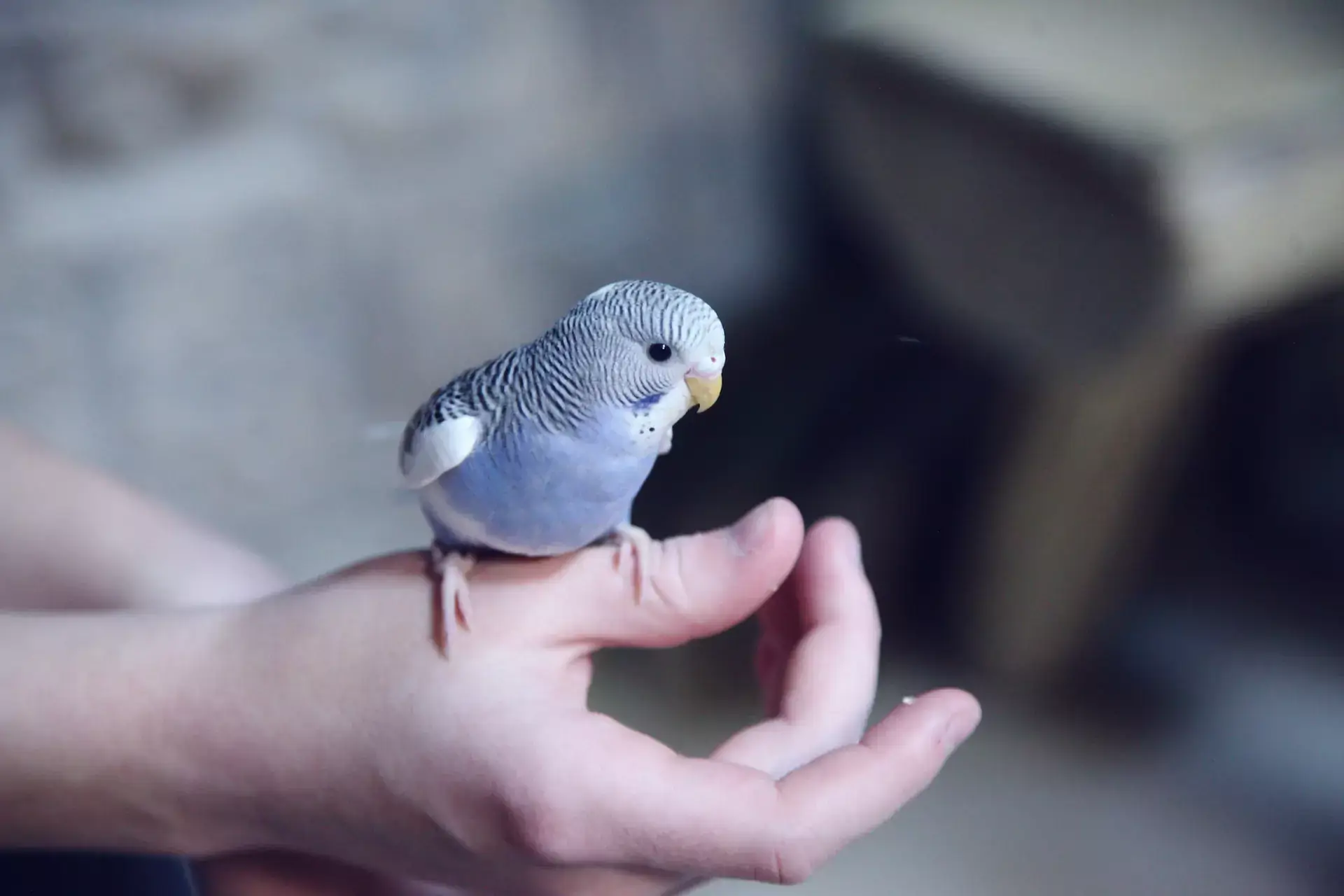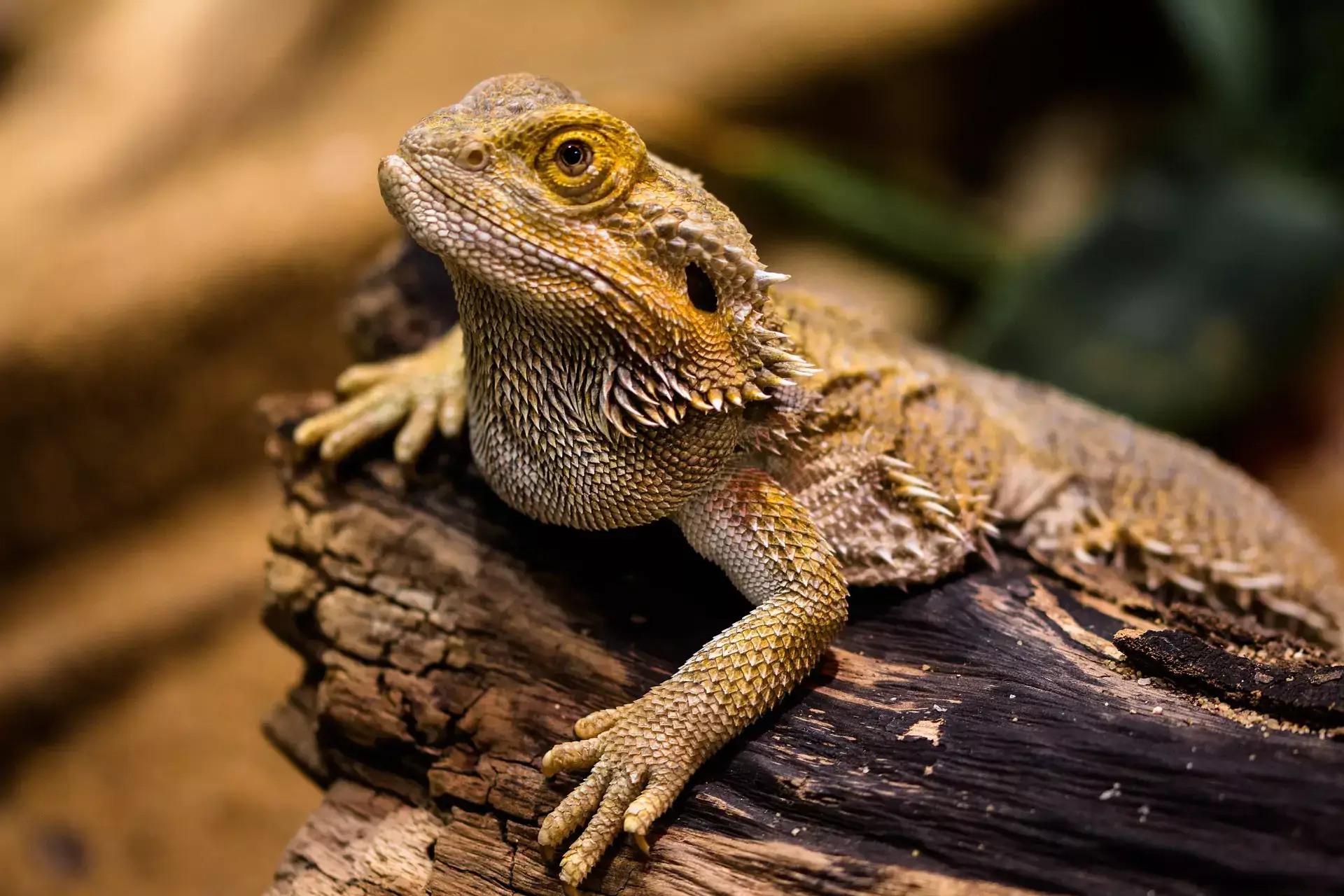Fun Facts About Frogs
Did you know that frogs are among the most diverse and adaptable creatures on Earth? With over 7,000 species hopping and croaking across every continent except Antarctica, there’s a wealth of fun facts about frogs waiting to be explored. From frogs that can glide through the air to those that freeze solid in winter and thaw out come spring, these amphibians defy expectations at every turn. In this article, we’ll delve into the surprising world of frogs, uncovering their remarkable abilities, unusual habits, and the crucial roles they play in ecosystems around the globe. Prepare to discover how some frogs use their eyes to help swallow food, why certain species carry their tadpoles on their backs, and how these remarkable creatures have adapted to survive in some of the planet’s most extreme environments. Whether you’re a lifelong amphibian enthusiast or simply curious about the quirky wonders of nature, get ready to leap into these fun facts about frogs that highlight just how extraordinary they truly are.
Did you know that there are over 5000 types of frogs? Some estimates put the number closer to 7500. No matter what the exact figure is … that’s a lot of frogs! Frogs don’t rank very high on the list of most popular pets, and they probably never will. However, these guys can make pretty cute animal companions. They’re also really interesting! A Middletown, DE vet lists some fun facts about frogs in this article.
Size
Frogs vary widely as far as size goes. The largest, the appropriately-named Goliath frog, which can weigh as much as seven pounds … an average size for a newborn baby! On the other end of the spectrum, we have the Cuban Tree Toad, which is only about a half inch long!
Freezing Froggies
Have you ever wondered what frogs do in winter? Here’s a fun fact about frogs: some, like the wood frog, can freeze nearly 70 percent of their bodies. By converting glycogen into glucose and producing urea, they create a natural antifreeze that protects their cells and organs throughout the cold months, allowing them to thaw and hop into action come spring.
Fascinating Physiology
Kermit’s freezer setting isn’t the only wild thing about his physiology. Glass frogs are able to make their skin transparent. They do this by hiding their red blood cells in their livers. Oh, and they use their eyeballs to push food down their throats.
Hoppin History
Frogs have been hopping around since the age of the dinosaurs: about 200 million years, give or take. They’re also thought to have been the first animal to develop vocal cords. Another interesting thing about frog vocalizations? Some of these guys are so loud they can be heard a mile away!
Color Coordination
Many fascinating details emerge when exploring fun facts about frogs, such as their adaptive camouflage. While some species have evolved to seamlessly blend with their surroundings, others display striking colors. The Bumblebee frog, for instance, is known for its vibrant appearance, which can signal toxicity to predators. Interestingly, not all brightly colored frogs are poisonous; some merely mimic these hues as a survival tactic. The Fort Randolph robber frog exemplifies this strategy, adopting vivid colors to appear dangerous, despite being harmless.
Hardy
Frogs can be found all over the world, and can survive in nearly any climate. The wood frog can be found north of the Arctic Circle, while the Australian water-holding frog lives in the desert. There’s also a very special frog, the Kihansi Spray Toad, which is extinct in the wild and can only be found in a few places, such as The Bronx Zoo, as conservation efforts continue.
Fun Facts About Frogs in 2025: Fascinating Defense Mechanisms and Unique Traits
How do non-poisonous frogs protect themselves?
Non-poisonous frogs protect themselves primarily through camouflage and mimicry. Camouflage allows them to blend into their natural environment, making it difficult for predators to detect them. Their skin colors and patterns often match their surroundings, such as leaves, bark, or rocks, providing effective concealment. Mimicry involves adopting the bright, vibrant colors of poisonous frogs to deceive predators into believing they are toxic. The Fort Randolph robber frog is an example of a non-poisonous species that mimics poisonous counterparts to deter threats. These visual defense mechanisms enhance their survival by reducing the likelihood of predation in diverse habitats worldwide.
What are some unusual species-specific traits?
Frogs display remarkable species-specific traits that underscore their adaptability. The wood frog can survive freezing temperatures by producing antifreeze compounds like glycogen and urea, allowing up to 70% of its body to freeze without damage. Glass frogs can render their skin transparent by storing red blood cells in their livers, effectively camouflaging themselves. Some species use their eyeballs to assist in swallowing by pushing food down their throats. Size variations are also notable; the Goliath frog can weigh as much as seven pounds, while the Cuban Tree Toad measures only about half an inch. Additionally, certain non-poisonous frogs mimic the bright colors of toxic species to ward off predators.
How do frogs’ bodies function?
Frogs display remarkable physiological adaptations that support their survival in diverse environments. The Wood frog, for example, can freeze nearly 70% of its body during winter, thanks to a biological antifreeze made from glycogen and urea, which protects its cells and organs until spring. Additionally, Glass frogs exhibit the ability to render their skin transparent by relocating red blood cells to their livers, aiding in camouflage. They also utilize their eyeballs to facilitate swallowing food, further showcasing their unique biological mechanisms.
How do frogs reproduce?
Frogs have a distinctive reproductive strategy that typically involves external fertilization. In a process called amplexus, the male clasps the female from behind, stimulating her to release eggs. The male then releases sperm over the eggs in the water, ensuring fertilization. The environment plays a crucial role, as most species require aquatic or semi-aquatic habitats for the eggs to develop safely. Frog vocalizations are often part of mating rituals, with males calling to attract females, highlighting the diversity in their reproductive behaviors across species.
Do frogs have teeth?
Frogs possess a unique dental structure; not all species have teeth, and those that do generally exhibit them only on their upper jaws. Typically, these teeth are designed to grip and hold prey rather than chew it. For instance, the Goliath frog, one of the largest known species, uses its small, sharp teeth to secure its catch. This adaptation helps frogs efficiently consume a variety of prey, contributing to their survival in diverse environmental conditions across the globe.
Please contact us, your local Middletown, DE pet hospital, for your pet’s veterinary care needs. We’re hoppy to help!





